This stuff is hard
rollie
9 years ago
Featured Answer
Comments (39)
docmom_gw
9 years agorollie
9 years agoRelated Professionals
Folsom Landscape Architects & Landscape Designers · Bridgeview Landscape Contractors · Brooklyn Park Landscape Contractors · Brownsville Landscape Contractors · East Haven Landscape Contractors · Fort Mill Landscape Contractors · Kaneohe Landscape Contractors · Melrose Park Landscape Contractors · Four Corners Landscape Contractors · Columbia Fence Contractors · Oakland Fence Contractors · San Mateo Fence Contractors · Van Nuys Fence Contractors · San Jose Window Contractors · Coconut Grove Window Contractorsrollie
9 years agoLiz
9 years agorollie
9 years agoAdella Bedella
9 years agoLeafhead
9 years agorollie
9 years agorollie
9 years agodbarron
9 years agorollie
9 years agoterrene
9 years agorollie
9 years agodocmom_gw
9 years agorollie
9 years agodocmom_gw
9 years agorollie
9 years agolinda_tx8
9 years agorollie
9 years agodocmom_gw
9 years agorollie
9 years agoKC Clark - Zone 2012-6a OH
9 years agorollie
9 years agoKC Clark - Zone 2012-6a OH
9 years agorollie
9 years agomsmorningsong
9 years agojane__ny
9 years agodocmom_gw
9 years agoLinda
9 years agoRollie Peschon
8 years agolast modified: 8 years agoKC Clark - Zone 2012-6a OH
8 years agodocmom_gw
8 years agoRollie Peschon
8 years agoRollie Peschon
8 years agoRollie Peschon
8 years agoKC Clark - Zone 2012-6a OH
8 years agodbarron
8 years agoRollie Peschon
8 years ago
Related Stories

LIFEHard Winter? 9 Ways to Battle Cabin Fever
We know a lot of you are trapped where it just won’t stop snowing. Here are some ways to survive
Full Story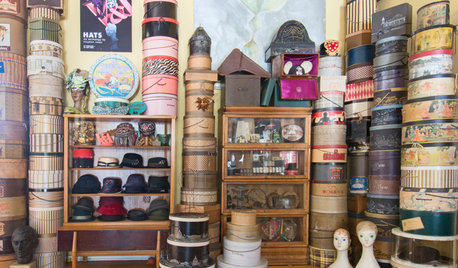
MY HOUZZMy Houzz: A Hat Collection in Los Angeles That’s Hard to Top
A makeup artist’s lifelong passion for designer hats lends eccentric charm to her apartment in the NoHo arts district
Full Story
KITCHEN DESIGNChef's Kitchen Works Hard Yet Stays Pretty
A butler's pantry complete with refrigerator and dishwasher helps a restaurateur contain the mess when cooking and entertaining at home
Full Story
HOUZZ TOURSMy Houzz: Hard Work Pays Off in a DIY Cottage Renovation
First-time homeowners roll up their sleeves and give their midcentury Montreal home an infusion of style and personality
Full Story
HOUSEKEEPINGOutdoor Home Prep to Do Before Hard Winter Hits
Avoid cracking, rusting and rotting during freezes by taking care of these tasks now
Full Story
REMODELING GUIDES11 Reasons to Love Wall-to-Wall Carpeting Again
Is it time to kick the hard stuff? Your feet, wallet and downstairs neighbors may be nodding
Full Story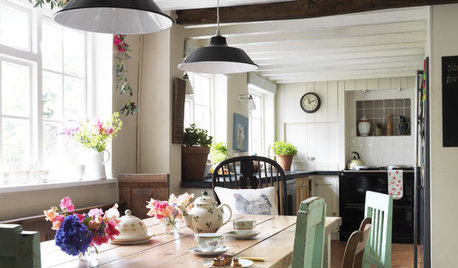
MOST POPULAR4 Obstacles to Decluttering — and How to Beat Them
Letting go can be hard, but it puts you more in control of your home's stuff and style. See if any of these notions are holding you back
Full Story
ORGANIZINGHow Much Stuff Is Enough?
Play the numbers game to streamline your belongings, for a neater home and a less-stressed you
Full Story
DECLUTTERINGDownsizing Help: How to Get Rid of Your Extra Stuff
Sell, consign, donate? We walk you through the options so you can sail through scaling down
Full Story
ORGANIZING21 Tips for Organizing Your Stuff
Restore order at home with these ideas for tidying up cupboards, shelves, doors and more
Full StoryMore Discussions







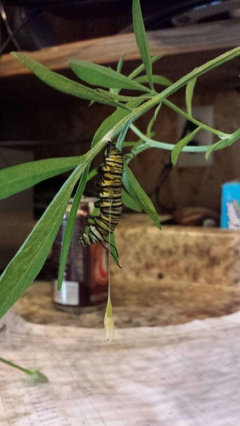

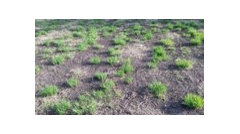
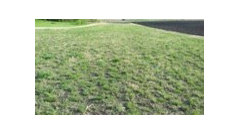

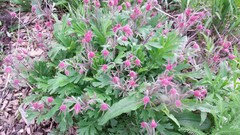



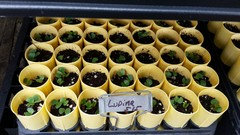

rollieOriginal Author